Culinary feats are just as important as powerful blows when it comes to Dungeons & Dragons. A meal is the perfect way to bring a party together or to fortify for an upcoming battle. Because of this, every fan needs to pick up a copy of the D&D cookbook Heroes’ Feast Flavors of the Multiverse.
As a long-time Dungeons & Dragons fan and kitchen wizard, the opportunity to dive into Flavors of the Multiverse was a true treat. While not a cookbook for beginners, with complex recipes and interesting ingredients, it has been a joy to try out iconic dishes and read the stories before sections as I wait for the timer to go off.
To learn more about the process of putting the book together, Gamepur has had the opportunity to sit down with the brilliant authors behind the madness of Heroes’ Feast Flavors of the Multiverse. Kyle Newman, Jon Peterson, and Michael Witwer answer our question on inspiration, flavor palettes, and the game of culinary proficiency.
Related: Dungeons & Dragons Lore & Legends Review: 5th Edition History in Full Color
Delicious Debauchery With Heroes’ Feast Flavors of the Multiverse Authors
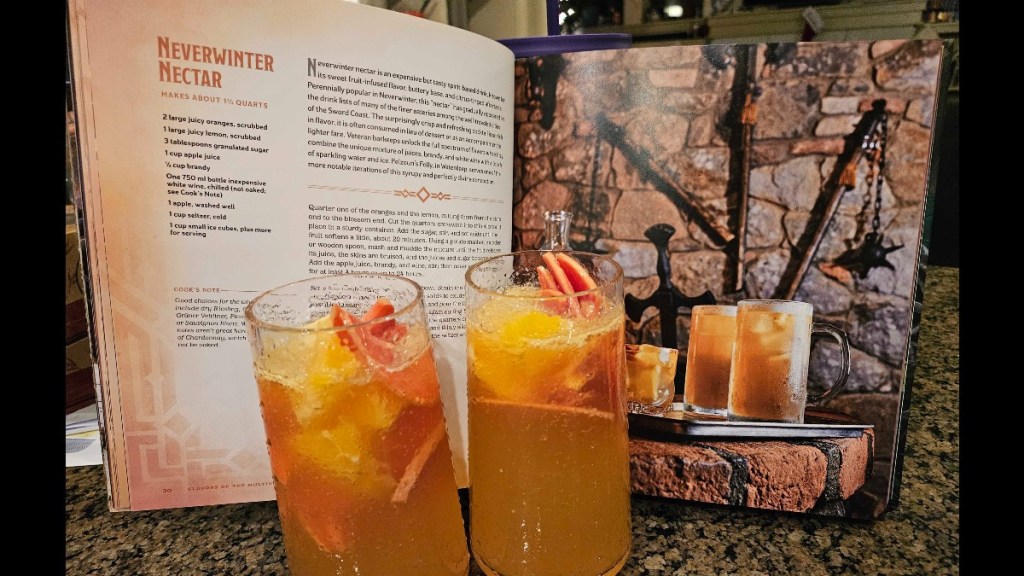
There are so many realms and cultures in D&D, how did you decide which places to visit on your culinary adventure?
Good question! It was a combination of using D&D dishes we had identified from previous research for the first Heroes’ Feast but weren’t able to use due to space and balance considerations along with mining locations/campaign worlds that were getting a lot of attention in current D&D adventures and campaign guides. For example, if you happened to pick up the Spelljammer boxed set or Dragonlance: Shadow of the Dragon Queen last year, we thought it would be cool if we had food that could accompany those gaming experiences (e.g., Rock of Bral, Solamnia, etc.). Similarly, we included dishes from the latest releases like Planescape (Sigil), which we knew would be released around the same time our book came out.
Michael Witwer
Pretty early in the book’s process, we decided we were going to follow a band of adventurers on a quest through the multiverse. That meant we could go literally anywhere, and as the quest’s story took shape, we thought about which locations would yield the best variety of food that would link deeply with D&D lore. Some of our initial ideas were maybe too obscure, but we eventually settled on a set of familiar venues that would click with players today.
Jon Peterson
We wanted to ensure that the book was a diverse representation of locales and flavors. Planes such as the Feywild and the Shadowfell really activate those ideas. Sigil also felt like a melting pot of influences and ingredients and quickly became a “must visit” for our heroes as soon as we knew it was in play in 5th edition.
Kyle Newman
There are dozens of amazing recipes included in Heroes’ Feast Flavors of the Multiverse. What was your favorite recipe added to the cookbook and why?
So much good stuff! I think my favorite so far is the Bacon Wrapped Smoked Mussels (from Sigil but also available at the Cutlass in Luskan) and I’m also really fond of the elven flatbread–it’s a gorgeous and delicious centerpiece!
Michael Witwer
We wanted to ensure that the book was a diverse representation of locales and flavors. Planes such as the Feywild and the Shadowfell really activate those ideas. Sigil also felt like a melting pot of influences and ingredients and quickly became a “must visit” for our heroes as soon as we knew it was in play in 5th edition.
Kyle Newman
What processes are required to make a cookbook filled with fantasy food? Do you hit the kitchens as well as the keyboard?
There’s quite a bit to the process and it’s very much a deep collaboration between the author team, the chef, the editors, the art and creative directors, the photographer, the production designer, the food stylist and many others. On a high level, we scour 50 years of D&D content in search of every notable dish, ingredient and recipe throughout the multiverse; curate and modify each for feasibility and flavor, in coordination with the editors and master chef Adam Reid (from America’s Test Kitchen); and present it in a way with meaningful lore, photography/visuals, and recipes that hopefully resonate with D&D fans.
Michael Witwer
Research is the first and most important step for us. We cast a wide net to collect as many concepts as possible from the expansive lexicon of D&D media including setting guides, adventures, computer games and novels. We search for the kernel of an idea, then build it out having a clear understanding of the world, the topography and the culture we are showcasing. We strive to fully grasp the peoples of each world and identify what was available to them in terms of produce or livestock to ensure authenticity. The key is to identify the palatable core of a dish and then inject it with a very D&D idea or flavor. That’s when the magic happens and something new is created. Adam Reid then steps in to help us flesh the recipe out accordingly.
Kyle Newman
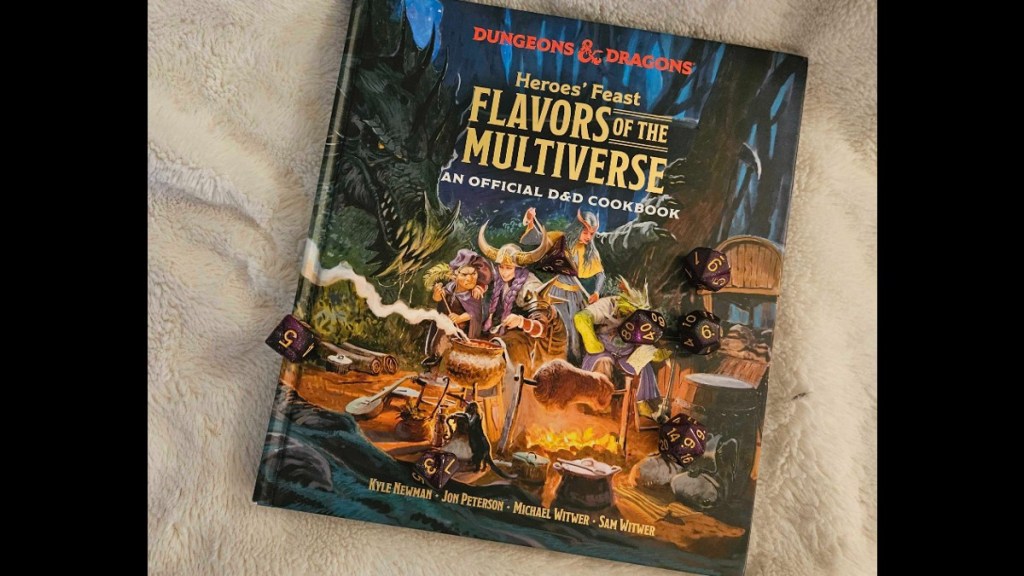
A cookbook is a useful item, but you were able to turn it into an adventure. Why did you decide to add a story in between the sections?
As above, it was a combination of having a lot of great food research on dishes from disparate parts of the D&D multiverse as well as knowing what was releasing on D&D’s gaming schedule. We definitely wanted to make sure we provided food for adventures/campaigns people were playing today, so it seemed the best way to connect all of this was grab some characters (from the cover of the first Heroes’ Feast, in fact) and have them go on a culinary focused quest across the D&D multiverse. Ultimately, the cookbook features the dishes they encounter in these various locales.
Michael Witwer
Structuring a cookbook around a hijinx-filled D&D adventure highlights the culinary dimension of D&D, which has been in the game from the start. Food-minded players have always been able to seek out the best eats for their adventurers, who should not have to live on iron rations alone. Not all D&D characters have to be gourmands, but everybody has to eat — even players!
Jon Peterson
Having a narrative connect the chapters together was a truly fresh concept for a cookbook. We want our cookbooks to be more than just a collection of recipes so when we set out to make this sequel we challenged ourselves to craft something different than the first book… and better. A D&D cookbook should be fun and inspire deeper investigation into the eclectic worlds and peoples, almost like a sourcebook!
Kyle Newman
What did you learn about D&D that surprised you while making this cookbook? Did it give you new introspection on any of the locations you included?
Yes, we always learn a ton! If you don’t play a certain campaign, you may have little cause to ever look at the material from other settings, but with something like this (alongside our Lore & Legends book), you look at everything. For example, the Rock of Bral has a lake–who knew!? Many of us experience these locales as part of playing the game, but you learn so many new things about them when you look at them through a certain lens, in this case food. Sometimes it’s just seeing what the DM sees behind the scenes regarding say a menu of a certain tavern. However, it can get a lot deeper when you start getting into the food and dining preferences of various D&D cultures and locales–all super interesting!
Michael Witwer
Some people say “write what you know,” but I disagree — I firmly believe in the notion “write what you want to know.” I want to discover as I work. Go somewhere as I write. So I learned something from every single chapter and headnote. D&D is so rich in detail and history that you just keep going down Harengon hole after Harengon hole.
Kyle Newman
What is your favorite D&D adventure? How did it influence the creation of the cookbook?
Hmmm. I think I have lots of favorites! The Sinister Secret of Saltmarsh was the first I ever played (run by my brother Sam) and that one has a special place for me (re-released for the fifth edition in Ghosts of Saltmarsh), but I don’t think we used anything from it this time. I also love the original Ravenloft and its much expanded fifth edition counterpart (and masterpiece) Curse of Strahd–we have a whole section on Ravenloft in this book, so we drew lots of inspiration from those modules!
Michael Witwer
I’ve always been partial to the Planescape setting, and for an adventure set in the multiverse, Sigil is a perfect place for a band of adventurers to visit. It’s a great place to offer a sampler of dishes from all over the planes.
Jon Peterson
Wild Beyond the Witchlight was a fun romp into the Feywild and I loved the way that realm enhances the senses, especially the flavors on offer. I had a blast coming up with dishes for our final chapter. As a final note — Fans of Heroes’ Feast will definitely want to check out Heroes’ Feast — the official cooking show based on our books — which debuted this month on Amazon Freevee and Plex. 20 episodes of Heroes’ Feast cooking and hijinks!
Kyle Newman
Dungeons & Dragons fans can purchase Heroes’ Feast Flavors of the Multiverse for $35 on the Penguin Random House website, and stores including Barnes & Noble.
A copy of Heroes’ Feast Flavors of the Multiverse was provided to Gamepur for the purpose of this interview.


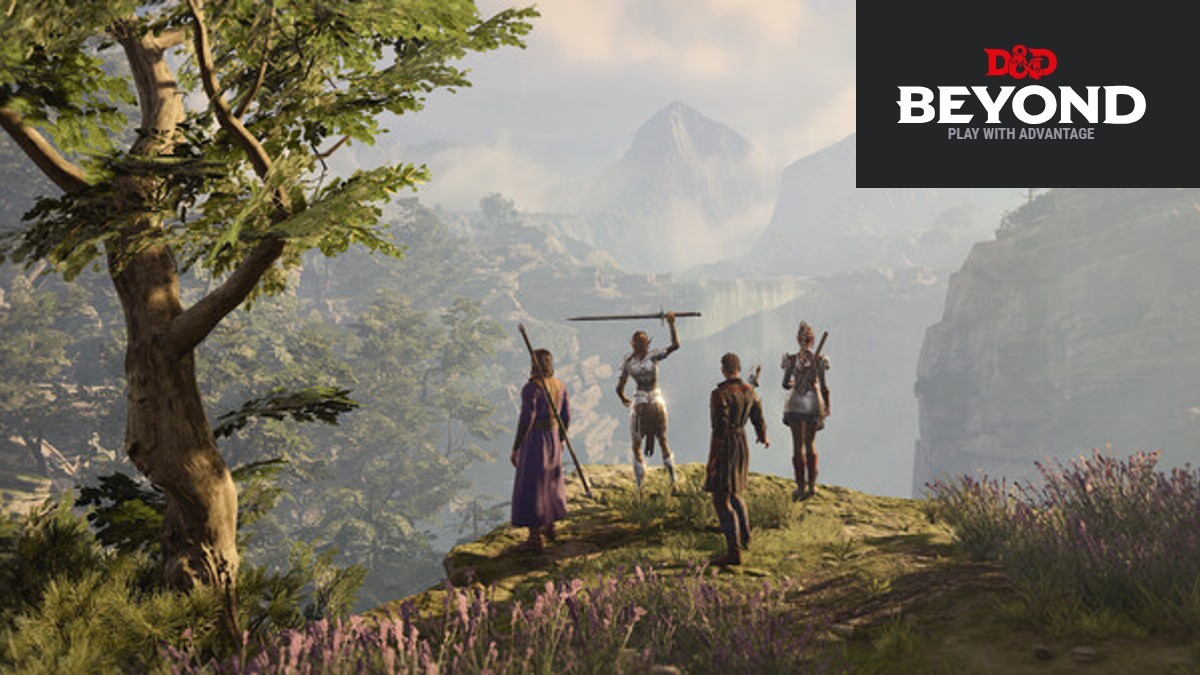
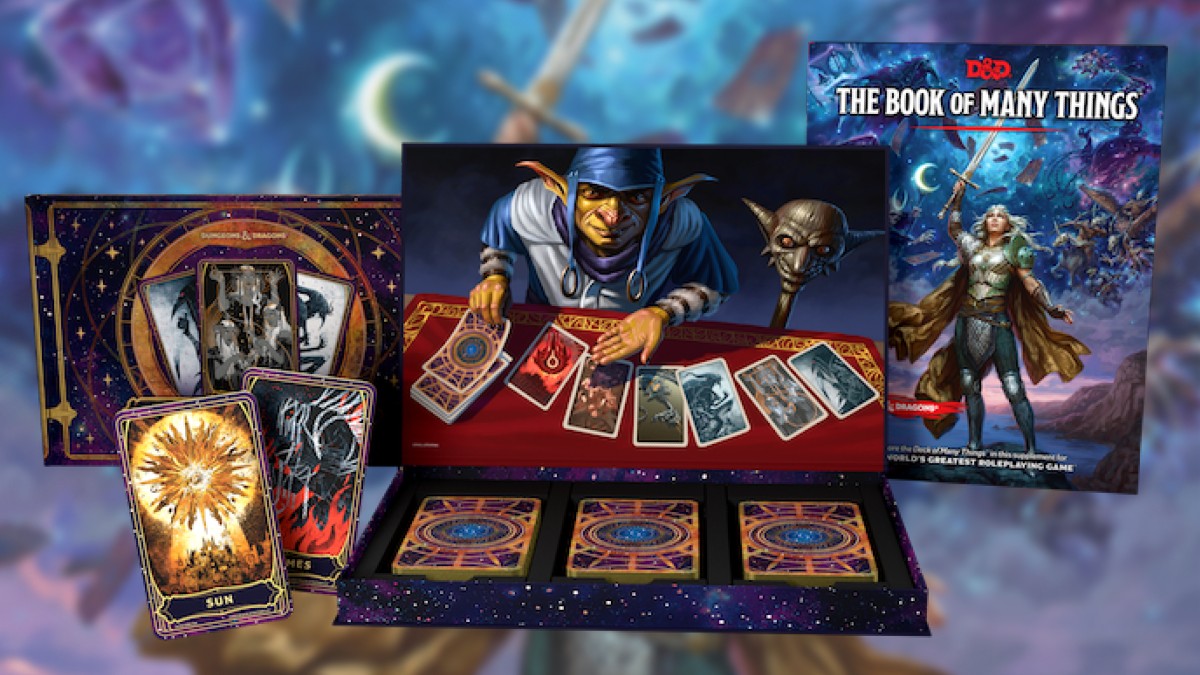
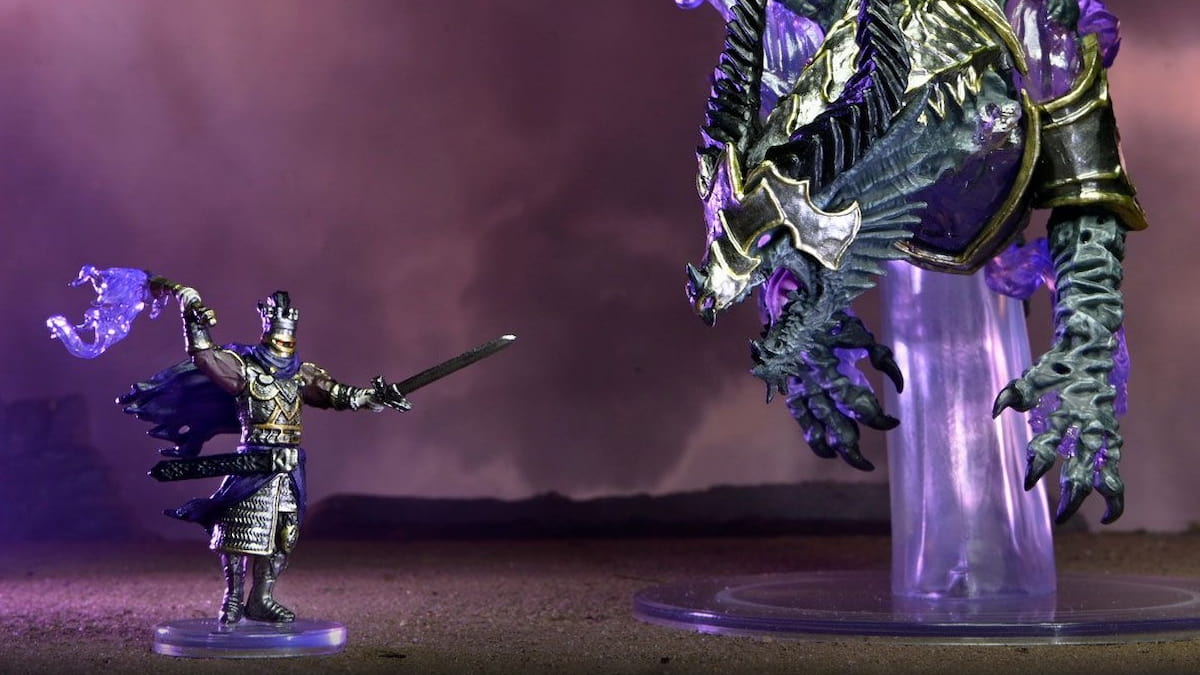
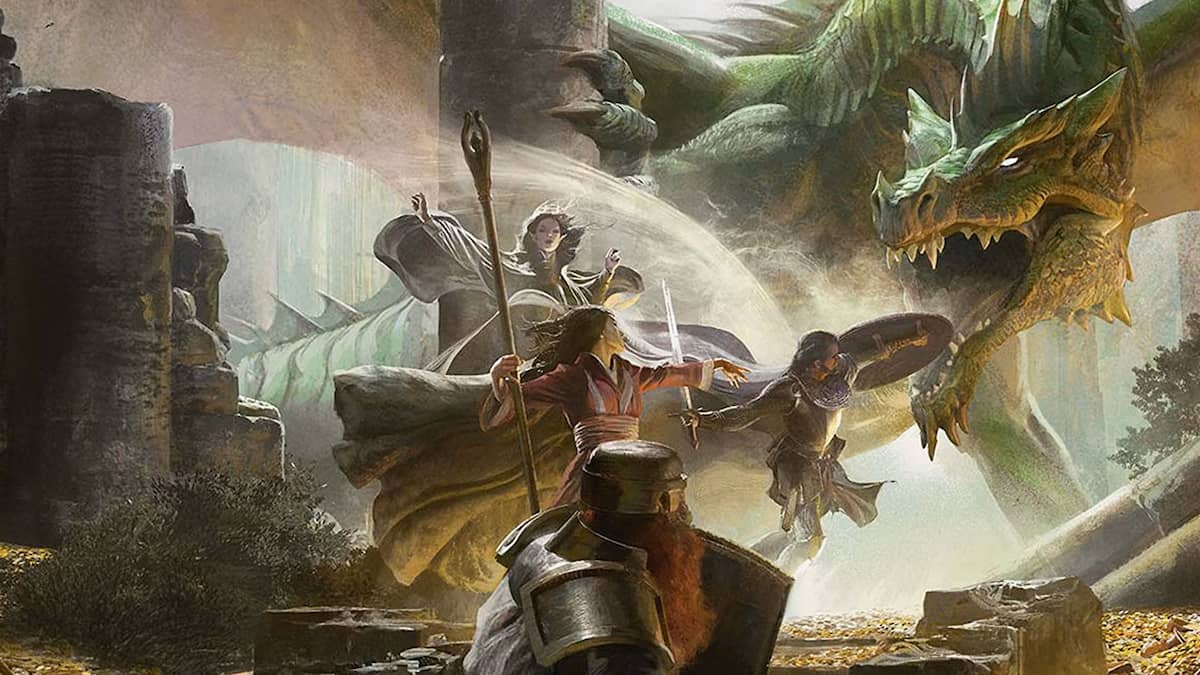
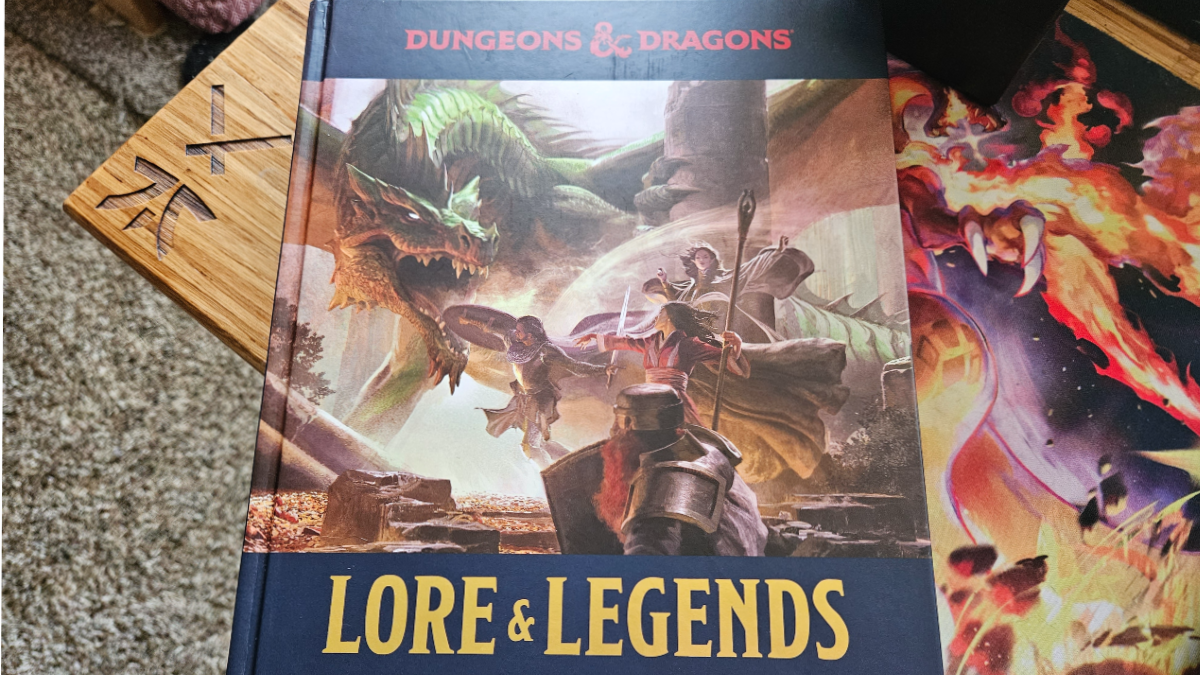
Published: Jan 18, 2024 02:35 pm